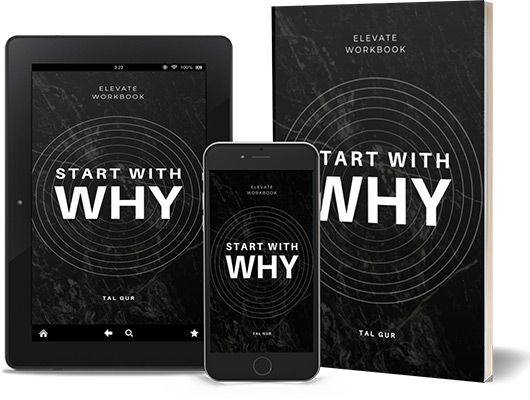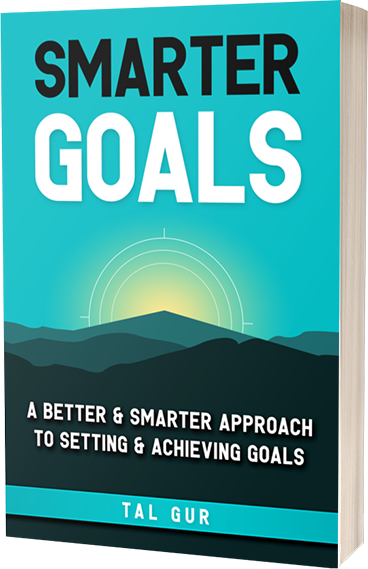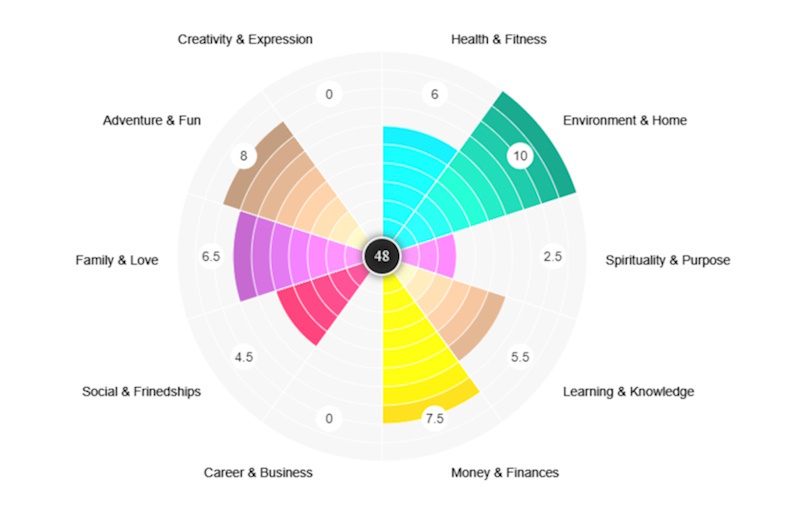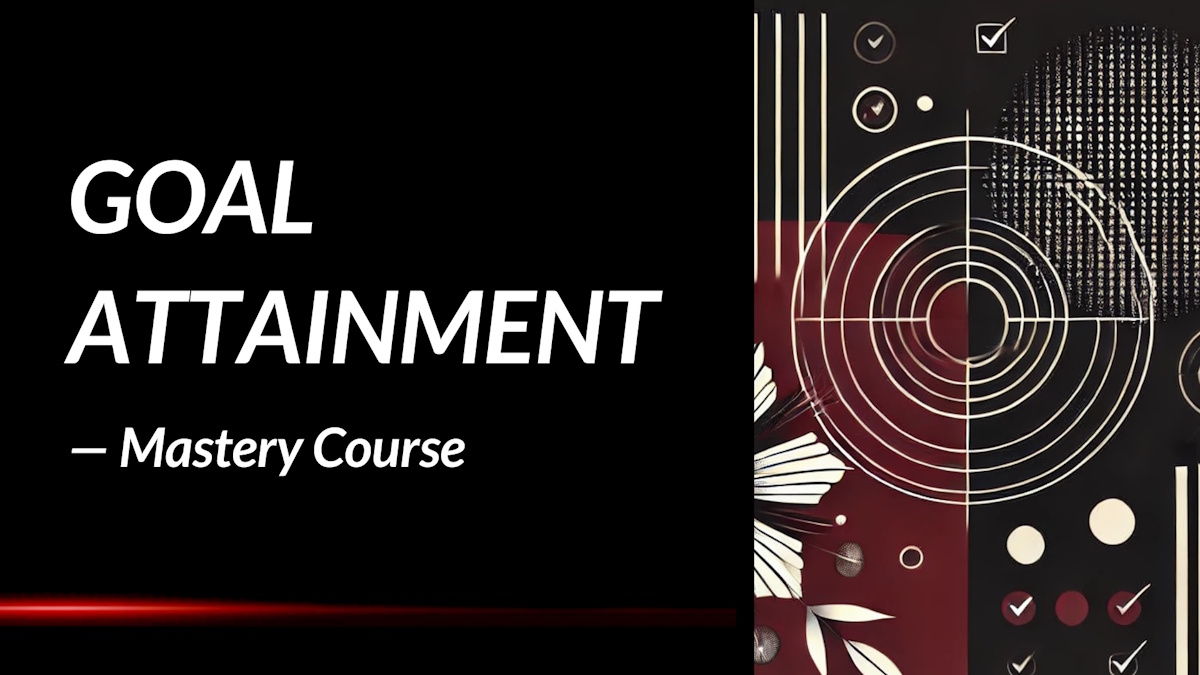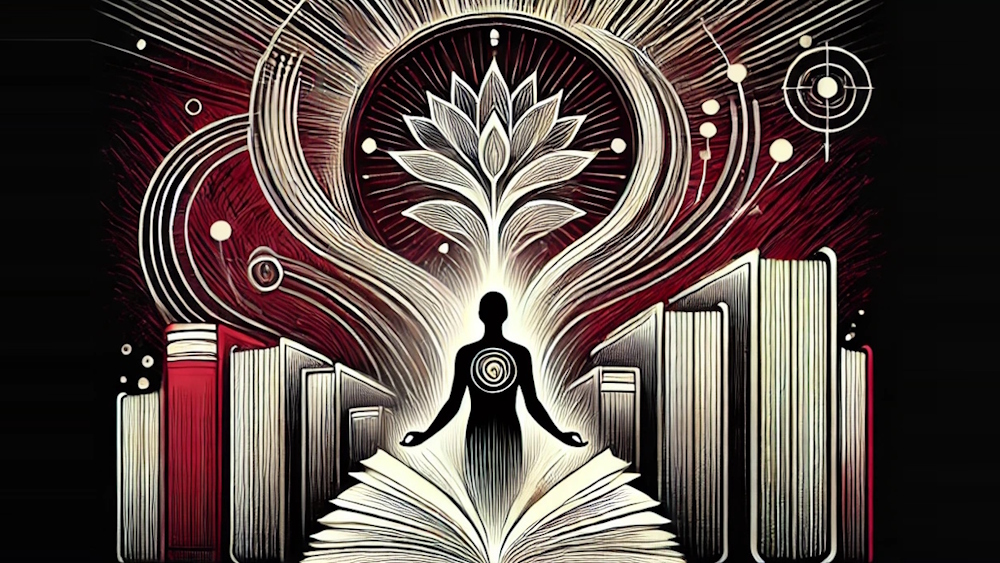How We Grow Through What We Go Through: Summary Review
What if the hardest moments of your life held the hidden keys to your deepest growth? In How We Grow Through What We Go Through by Christopher Willard, readers are invited to explore how trauma, compassion, and resilience can intertwine to create lasting healing and inner transformation.
What is the Book About?
How We Grow Through What We Go Through is a compassionate guide for anyone who has faced adversity and longs to heal from it in a meaningful way. Christopher Willard brings together science-backed strategies, personal reflections, and ancient wisdom to show that trauma does not have to define us—it can refine us. Rather than offering a one-size-fits-all cure, Willard presents a mosaic of mindfulness practices, self-compassion exercises, and emotional tools that empower readers to turn pain into personal growth. This book recognizes that suffering is inevitable, but staying stuck in it is not. With a tone that is both warm and instructive, Willard encourages readers to approach their own healing journeys with patience, gentleness, and hope.
At its core, this book is about helping readers move beyond survival mode and into a state of genuine thriving. Willard skillfully weaves together stories from his own life, clinical experiences, and centuries-old practices from traditions like Buddhism to create a deeply relatable and practical resource. Readers will learn how to regulate their nervous systems, reframe their inner narratives, and build resilience through mindfulness and compassion. The message is clear: post-traumatic growth is not a distant fantasy but an achievable reality when we meet ourselves with kindness, curiosity, and courage.
Book Details
Print length: 256 pages
Language: English
Publication date: November 29, 2022
Genre: Self-Help / Psychology / Mindfulness
Book Author
Core Theme
The core theme of How We Grow Through What We Go Through is the transformational power of self-compassion in the aftermath of trauma. Willard challenges the traditional view that healing is about "getting over" what happened. Instead, he proposes that healing is about "growing with" our experiences, integrating them into our identities in a way that fosters resilience and wisdom. He emphasizes that trauma is not a personal failure or a life sentence, but a crossroads—an opportunity to either stay imprisoned by the past or carve a new path toward deeper meaning and connection. Through mindfulness, storytelling, and concrete exercises, Willard offers a roadmap for anyone ready to embark on the journey of post-traumatic growth.
Another central philosophy of the book is that growth does not happen by forcing ourselves to “move on” or by ignoring our pain. It happens when we turn toward our suffering with kindness, curiosity, and acceptance. Willard uses accessible language to explain complex psychological concepts like neuroplasticity and emotional regulation, making the science of healing approachable and inspiring. He shares that while adversity often feels isolating, connection—to ourselves, to others, and to something larger than ourselves—can be a profound catalyst for healing. The message throughout is clear: with self-compassion as our compass, even the most painful experiences can be transformed into seeds of strength and wisdom.
Main Lessons
A few impactful summary lessons from How We Grow Through What We Go Through:
1. Transforming Trauma Requires Inner Work and Patience
Healing from trauma isn't a quick fix; it demands intense inner work, resilience, and patience. It’s about choosing to actively engage with our pain rather than allowing it to control us. Growth from suffering happens not because we pretend the hardships didn't exist, but because we bravely face them, process them, and over time, allow them to teach us resilience. Just as it takes consistent tending for a seed to grow into a strong tree, our own healing calls for repeated nurturing of our emotional soil.
2. We Are Wired for Resilience and Growth
At our very core, human beings are built with resilience in mind. Even in our darkest times, there exists within us an innate ability to heal and rebuild ourselves stronger than before. Growth after trauma isn’t a myth or unreachable goal; it’s embedded in the way our bodies and minds are designed. Recognizing this inherent strength can be the first step to unlocking a more hopeful, empowered future, even when our current experiences suggest otherwise.
3. Humor and Relatability Ease the Healing Journey
Recovery and self-discovery don’t always have to be solemn undertakings; sometimes, humor and lightheartedness provide the exact medicine we need to ease the heavy burdens we carry. By approaching personal growth with a blend of wisdom and relatability, the path forward becomes less daunting. It reminds us that healing is not a clinical, sterile process but a very human journey full of ups, downs, laughs, and learning.
4. Small Practical Techniques Make a Big Difference
Simple, actionable tools—like breathing exercises, mindful movement, and gentle self-reflection—can make a profound impact on managing stress and trauma responses. Healing is not always about grand life changes; sometimes it’s about the small, daily practices that gently rewire our systems toward calmness, compassion, and balance. These techniques can anchor us when we feel lost at sea, giving us ways to steady ourselves in moments of overwhelm.
5. Mindfulness and Compassion Foster True Growth
True resilience isn’t just about bouncing back; it’s about bouncing forward with wisdom. By embedding mindfulness and self-compassion into our daily practices, we soften the harsh self-criticism that often shadows trauma and adversity. Instead of pushing ourselves to "get over it," we learn to move through our experiences with kindness, opening doors to deeper growth, understanding, and emotional freedom.
6. Reflecting on Who You Want to Become Is Essential
Instead of focusing only on the pain or the past, it is transformative to ask ourselves, “Who do I want to be?” This powerful question shifts the energy from victimhood to agency, from helplessness to possibility. Growth is not just about overcoming the past; it is about intentionally stepping toward the version of ourselves that embodies strength, wisdom, and grace. That vision becomes the compass we can follow even when the path feels foggy.
7. Regulating the Nervous System Strengthens Resilience
One of the critical teachings from the book is that trauma doesn’t live only in the mind—it settles into the body. Practices that help regulate the nervous system, such as mindful breathing, gentle exercise, and grounding techniques, can significantly aid recovery. A well-regulated body creates a fertile environment for emotional healing, making us less reactive, more centered, and better able to process difficult experiences.
8. Positive Actions Can Redirect Negative Patterns
When we engage in small acts of self-care, gratitude, movement, or connection, we are actively redirecting our nervous system from states of fear and shutdown into ones of engagement and vitality. These tiny acts of positivity might seem trivial in isolation, but cumulatively, they weave a powerful web of healing that can pull us out of despair and anchor us back into life.
9. Focus on Changing Yourself Before Changing the World
While the temptation to save the world can be noble, the deeper truth is that real power lies in changing ourselves first. Attempting to fix everything around us without first healing within can lead to burnout, resentment, or a sense of futility. When we strengthen our own foundations—our values, habits, and emotional health—we naturally extend more meaningful influence into the world around us without carrying its weight on our shoulders.
10. Resilience Involves Mind, Body, and Heart Together
Healing and growing stronger after trauma isn’t a purely mental exercise—it requires integration of the mind, the body, and the heart. By addressing all parts of our being, we give ourselves the greatest chance of true, sustainable growth. A resilient life is not about shielding ourselves from hardship but about being able to meet hardship with a full-hearted response that draws upon every part of who we are.
11. Empowerment Comes from Awareness and Practice
Empowerment isn’t something handed to us; it’s built through daily awareness and practice. Becoming mindful of our body’s reactions, observing our thoughts without judgment, and choosing small, compassionate actions create momentum toward healing. Like strengthening a muscle, empowerment grows stronger each time we choose presence over avoidance, self-kindness over self-criticism, and patience over frustration.
12. Every Small Act of Kindness and Care Counts
Even the smallest gestures—whether it's breathing mindfully, offering ourselves a moment of rest, or setting a healthy boundary—plant seeds of resilience within us. Healing isn’t always marked by giant leaps; more often, it’s nurtured through everyday choices to show up for ourselves with honesty, tenderness, and courage. Over time, these tiny acts accumulate into lasting transformation, proving that even the gentlest self-care holds revolutionary power.
Key Takeaways
Key summary takeaways from the book:
- Trauma does not have to define who you are; with compassion, it can become a catalyst for growth.
- Self-compassion is a crucial ingredient for healing and building resilience after adversity.
- Mindfulness practices can help regulate the nervous system and bring stability during emotional turmoil.
- Healing is not about “getting over” the past but about integrating our experiences with openness and kindness.
- Post-traumatic growth is a real, attainable process that happens when we embrace our vulnerabilities with courage and patience.
Book Strengths
One of the book’s greatest strengths is its ability to blend scientific research with personal storytelling and practical exercises, making complex ideas easily digestible and applicable. Readers appreciate the compassionate tone, actionable advice, and the authentic way Willard shares both clinical wisdom and his own vulnerabilities. The book feels less like a lecture and more like a conversation with a trusted friend who deeply understands the messy, non-linear nature of healing.
Who This Book Is For
This book is perfect for anyone who has experienced trauma, adversity, or loss and is seeking a compassionate, practical path toward healing and transformation. It is equally valuable for mental health professionals, mindfulness practitioners, and anyone who wants to better understand the journey from pain to growth in themselves or in others.
Why Should You Read This Book?
You should read this book if you’re ready to stop merely surviving and start truly thriving after hardship. Willard’s guidance is accessible, empathetic, and deeply human—perfect for readers who want more than just theories about trauma; they want a map to transformation grounded in self-compassion, mindfulness, and hope. If you long for a resource that empowers you to gently and steadily rebuild your inner world, this book offers just that.
Concluding Thoughts.
How We Grow Through What We Go Through is more than a book—it’s an invitation to view yourself and your story through a lens of compassion and empowerment. With grace and practicality, Christopher Willard reminds readers that healing is not about forgetting what hurt us, but about honoring our experiences and evolving because of them. His work is a beacon for anyone lost in the fog of trauma, showing that growth is not only possible but beautifully inevitable when met with self-kindness.
If you’re searching for a guide to help you navigate life’s inevitable challenges with courage and compassion, this book is a must-read. It’s a tender, practical, and inspiring companion for anyone ready to turn pain into possibility, reminding us that our greatest hardships can lead to our most profound awakenings.
→ Get the book on Amazon or discover more via the author's website or social channels.
* The publisher and editor of this summary review made every effort to maintain information accuracy, including any published quotes, lessons, takeaways, or summary notes.
Chief Editor
 Tal Gur is an author, founder, and impact-driven entrepreneur at heart. After trading his daily grind for a life of his own daring design, he spent a decade pursuing 100 major life goals around the globe. His journey and most recent book, The Art of Fully Living, has led him to found Elevate Society.
Tal Gur is an author, founder, and impact-driven entrepreneur at heart. After trading his daily grind for a life of his own daring design, he spent a decade pursuing 100 major life goals around the globe. His journey and most recent book, The Art of Fully Living, has led him to found Elevate Society.



